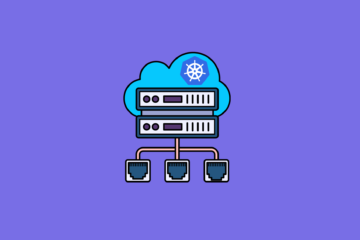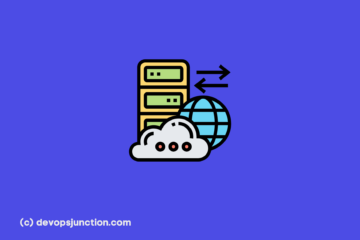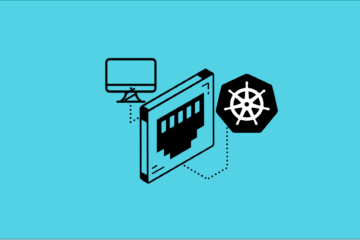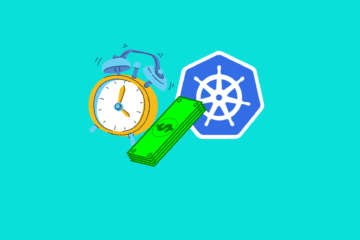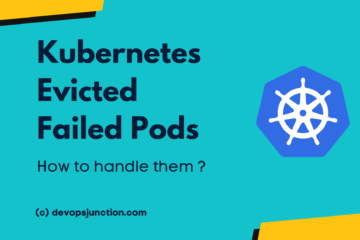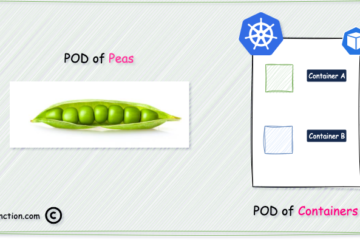While using NGINX reverse Proxy as a Sidecar container for your microservice, We often use localhost to connect to the application container on the same POD but it can potentially harm your application availability in certain systems and lead to a lot of 502 or connection refused issues Here is[...]
Read more


